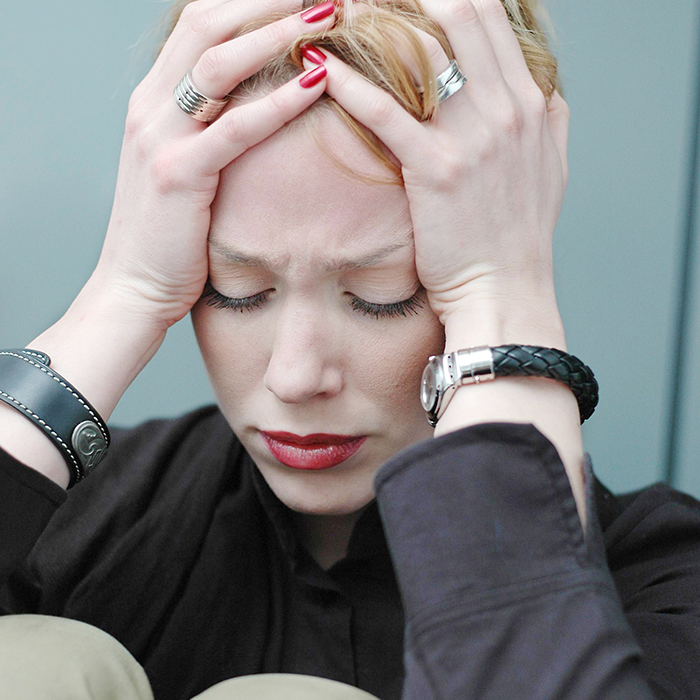
If you thought January was particularly dull and dreary, you aren’t alone.
Three bright, sunny days in January – that’s all this region had, according to a federal meteorologist.
Mark Schuster of Environment Canada said numbers from their Windsor station indicated we only had bright sunshine on Jan. 1, with Jan. 8 and 15 also providing varying amounts of sunshine.
Overall, the historic average for sunshine hours in the month of January in our region is about 85 hours, less than four days, Schuster said.
He added there is a simple explanation for the lack of sunshine.
“There are shorter hours of daylight (in January),” Schuster said. “And it’s just generally cloudier at this time of the year. But December tends to be the worst month in terms of sunshine.”
Naturally, at the other end of the calendar – June and July – we get the most sun. Schuster said these months typically each give us about 200 hours of bright sunshine.
Here in Chatham-Kent, the warm January weather melted away all our snow for most of the month, adding to the dreary appearance.
Schuster understands how people could be impacted by the weather. The warm fronts may have offered relief from typical winter temperature, but little in the way of sunshine providing vitamin D.
“It’s very rare to get sunny and +5C in January,” he said. “Usually, the sunny days in January are the really cold ones when you have the clear arctic air come down.”
All the dark weather has an impact on people, according to Todd Caldwell, a local psychologist. It can cause mild depression, or worse, Seasonal Affective Disorder (SAD).
“It’s the winter blues magnified. It is causing impairment or clinical distress in your main areas of functions – the ability to work, socialize and be present in relationships and your family,” he said of SAD.
He stressed there is a big different from being a bit down from winter and having SAD.
“If you feel a little of these symptoms – less energy, feeling down, putting on a little weight, finding it harder to get up in the morning – that’s the winter blues,” Caldwell said. “But if you feel like you want to withdraw from the world, sleep for hours during the day, have huge cravings for sweet and starchy food – it gets to an impairing level – that’s SAD.”
He said part of the problem with feeling down in the winter months is the fact you are largely stuck indoors.
“It’s colder, gloomy and people start looking at their own issues. Whatever’s there, it magnifies,” Caldwell said.
It’s a serious issue, he added, and offers suggestions to help combat SAD.
“Talk therapy could be helpful. Bright light therapy. Exercise to get everything moving in the body,” he said. “Sometimes anti-depressants are needed short-term.”
Caldwell recommends also following a healthy diet, and, when possible, schedule any major life change or projects to other times of the year.
“And get as much light as possible. Install brighter light bulbs in your house and workplace,” he said. “Maintain the same sleep patterns and maintain body heat. If possible, take a vacation south.”





